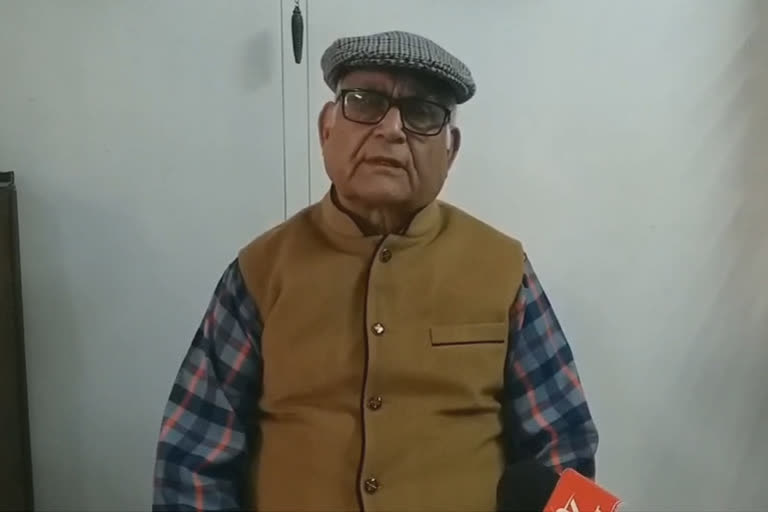New Delhi: After the glacial crash in Chamoli in Uttarakhand in February, a Parliamentary Committee on Home Affairs has suggested early warning systems in every district of the Himalayan region to alert communities at risk.
The committee headed by Congress MP Anand Sharma said in its report that the concerned states should be sensitized by the Ministry of Home Affairs about early warning systems to avert disasters.
The 231 reports of the committee on demands for grants has further said that the developmental projects taking place in the region should be considered from the environmental and ecological points of view.
"MHA may coordinate with the concerned agencies including NDMA, Ministry of Road, Transport and Highways etc to immediately ban the use of dynamites for developmental projects in the Himalayan region and make judicious use of technology particularly in high altitude Himalayan region to minimise the damage to ecology and environment," the committee said in its report.
ALSO READ:BRO opens new bailey bridge to vehicle traffic over Rishiganga
The committee observed that excessive cutting of trees and use of dynamites on hills to build roads, tunnels, dams and other developmental and infrastructural projects is significantly weakening the surrounding hills and may cause an avalanche, landslides, flash flood and other catastrophes.
"There is a need to explore technological solutions including the use of cutting edge technology and best practices of other countries," the committee said in its report.
It further recommended that for ensuring the safety of the people of Himachal Pradesh, Uttarakhand, Jammu and Kashmir and Ladakh, a network of meteorological and hydrological stations, monitoring stations and weather stations be set up at the earliest.
It also said that an urgent assessment needs to be made and organisations like the Indian Institute of Remote Sensing at Dehradun may also be tasked to conduct glaciological studies and prepare glacial lake inventory for the Himalayan region using remote sensing and geographical information system (GIS).
Considering that the Himalayan region of Ladakh, Jammu and Kashmir, Himachal Pradesh and Uttarakhand are fragile and sensitive mountains, the committee emphasised that there is a need to establish and install state of the art infrastructure along with modern equipment which can monitor the movements of glaciers in the Himalayan region.
